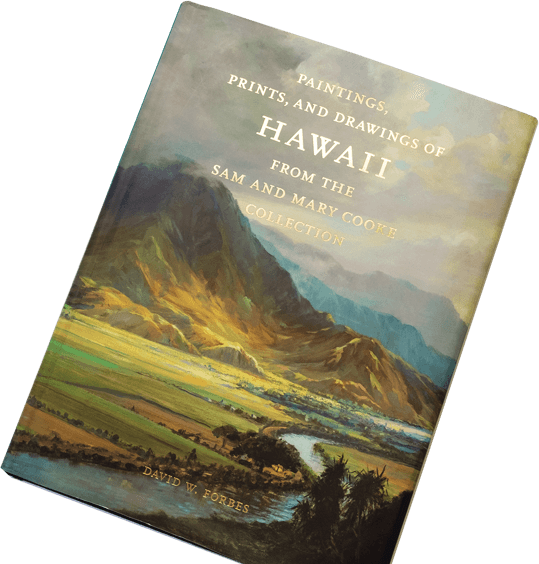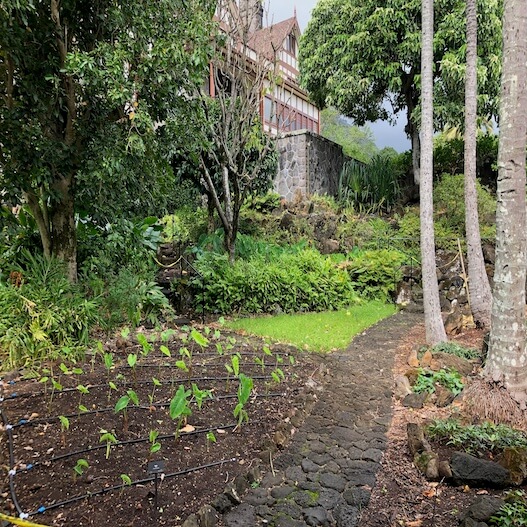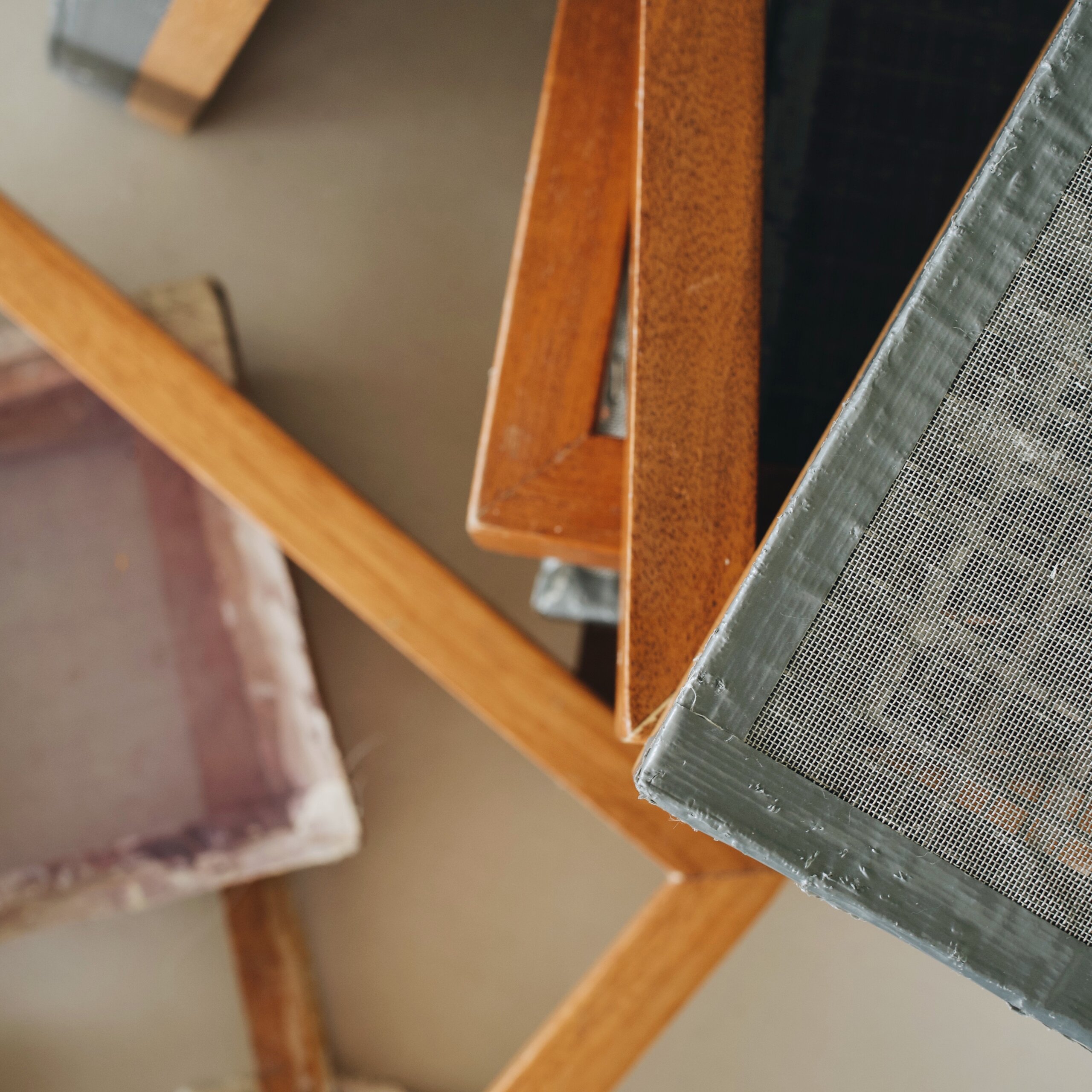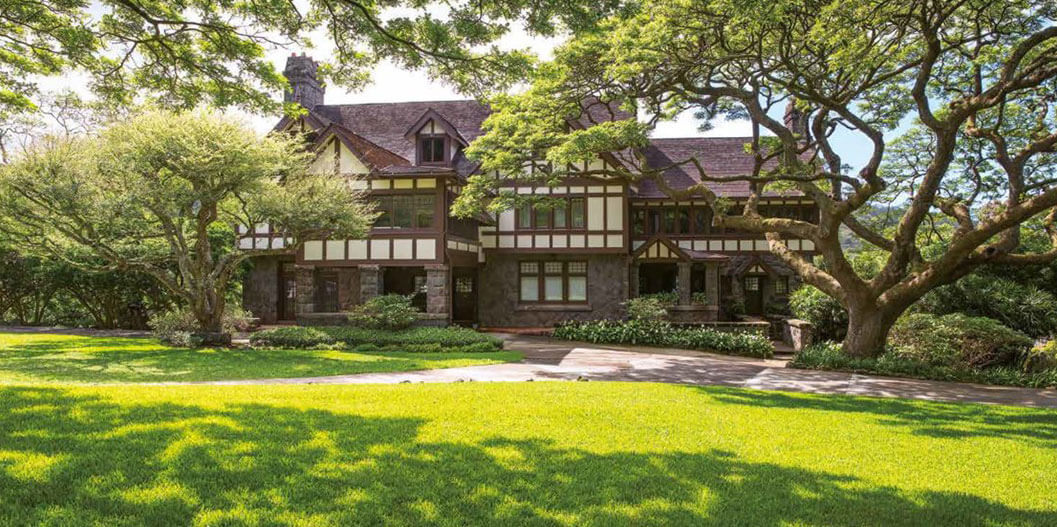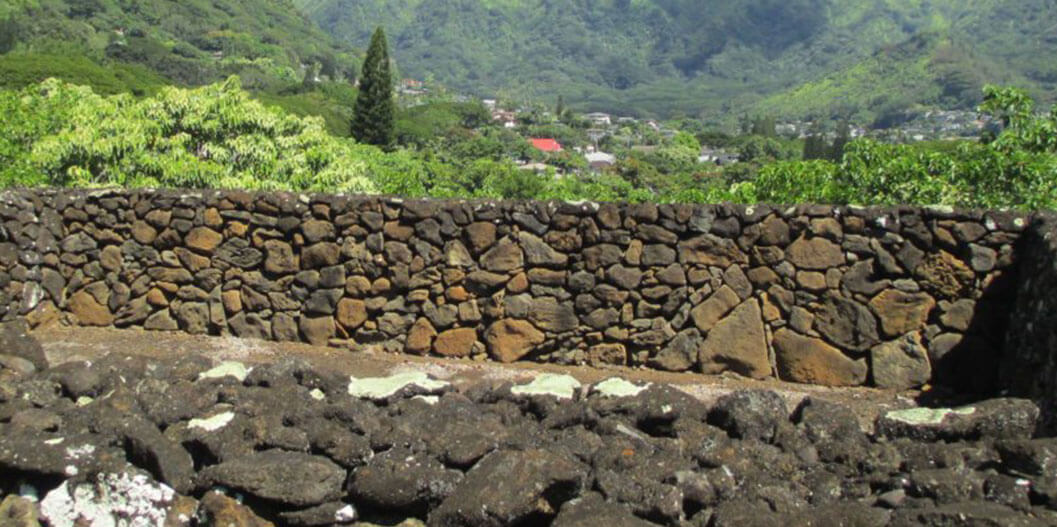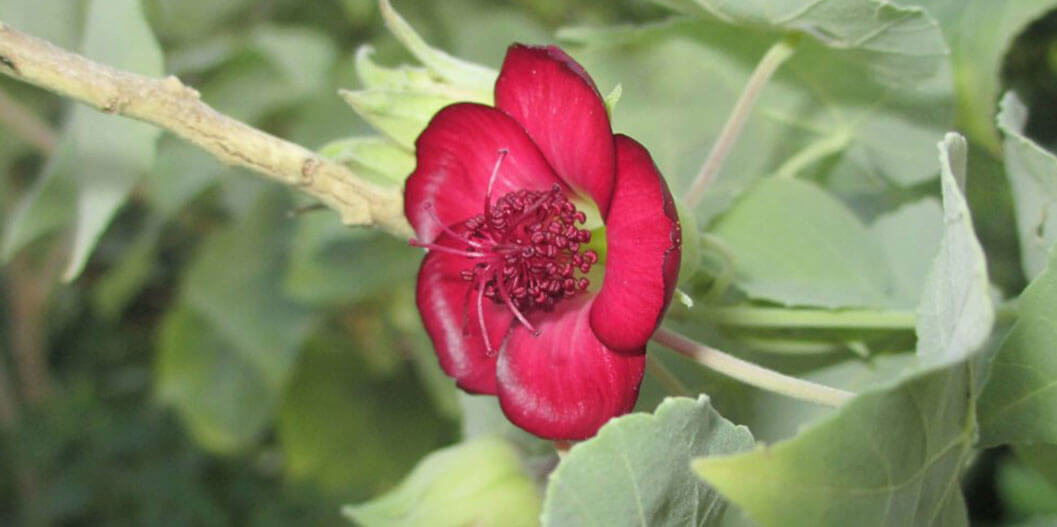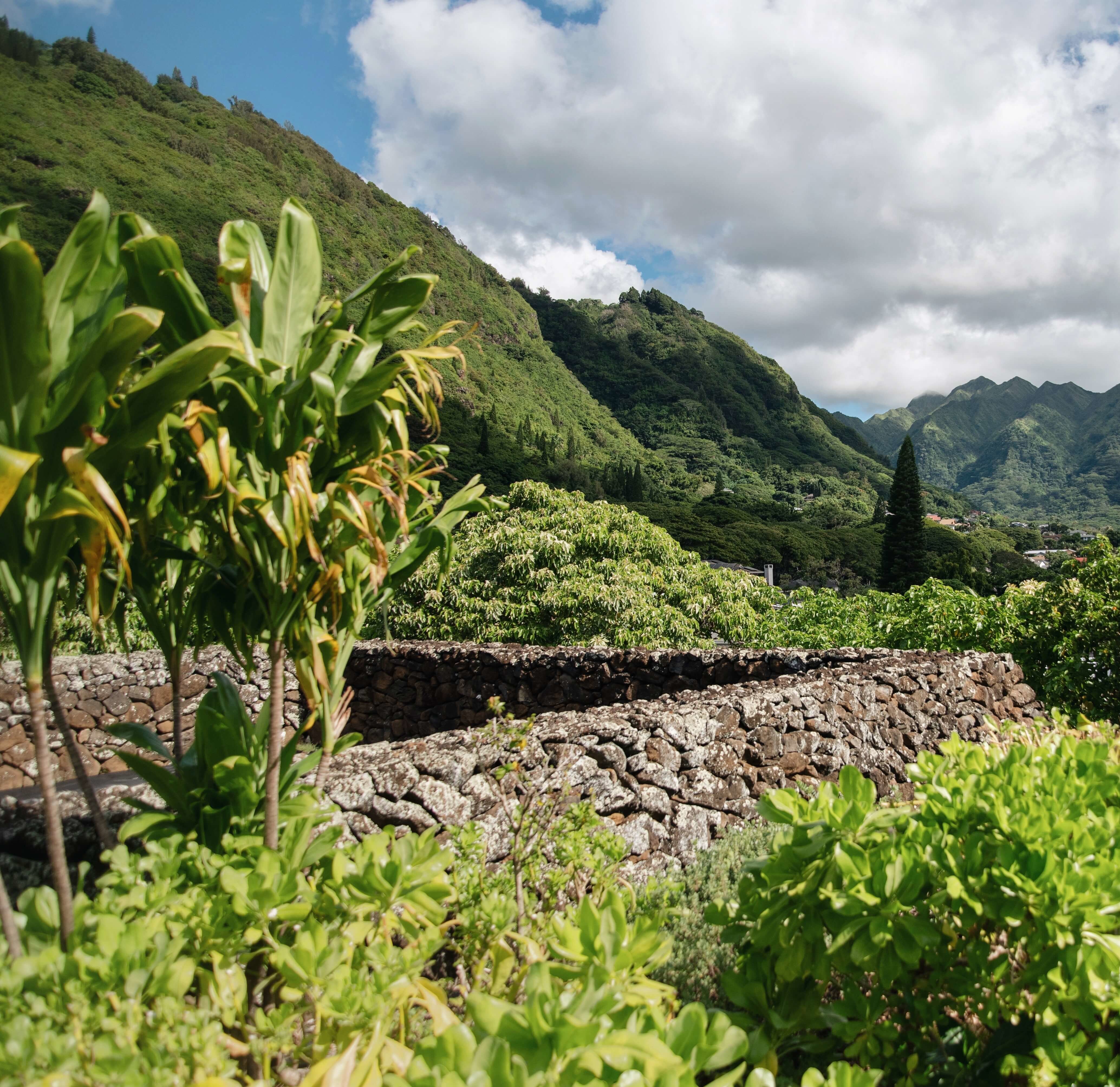E Komo Mai
Welcome to Mānoa Heritage Center – a 3.5 acre living classroom that promotes an understanding of Hawaiʻi’s cultural and natural heritage.
Visit the CenterCome and be inspired!
A guided tour of Mānoa Heritage Center gardens and Kūkaʻōʻō Heiau introduces visitors to the beauty of Hawaiʻi’s unique cultural and natural heritage.
MHC Public Programming Update
Aloha mai kākou,
We have returned our public tour capacity to 10 guests (max) on weekday afternoons and select Saturday mornings. Please see Event Calendar for specific dates and times and to register for a tour.
In addition, we ask if you are not feeling well, to please consider staying home and rescheduling your visit.
Thank you for helping us to keep our community safe. We hope to see you soon!
We want to leave you with this quote shared by our friends at the Polynesian Voyaging Society:
“We are each made for goodness, love, and compassion. Our lives are transformed as much as the world is when we live with these truths.”
– Archbishop Desmond Mpilo Tutu
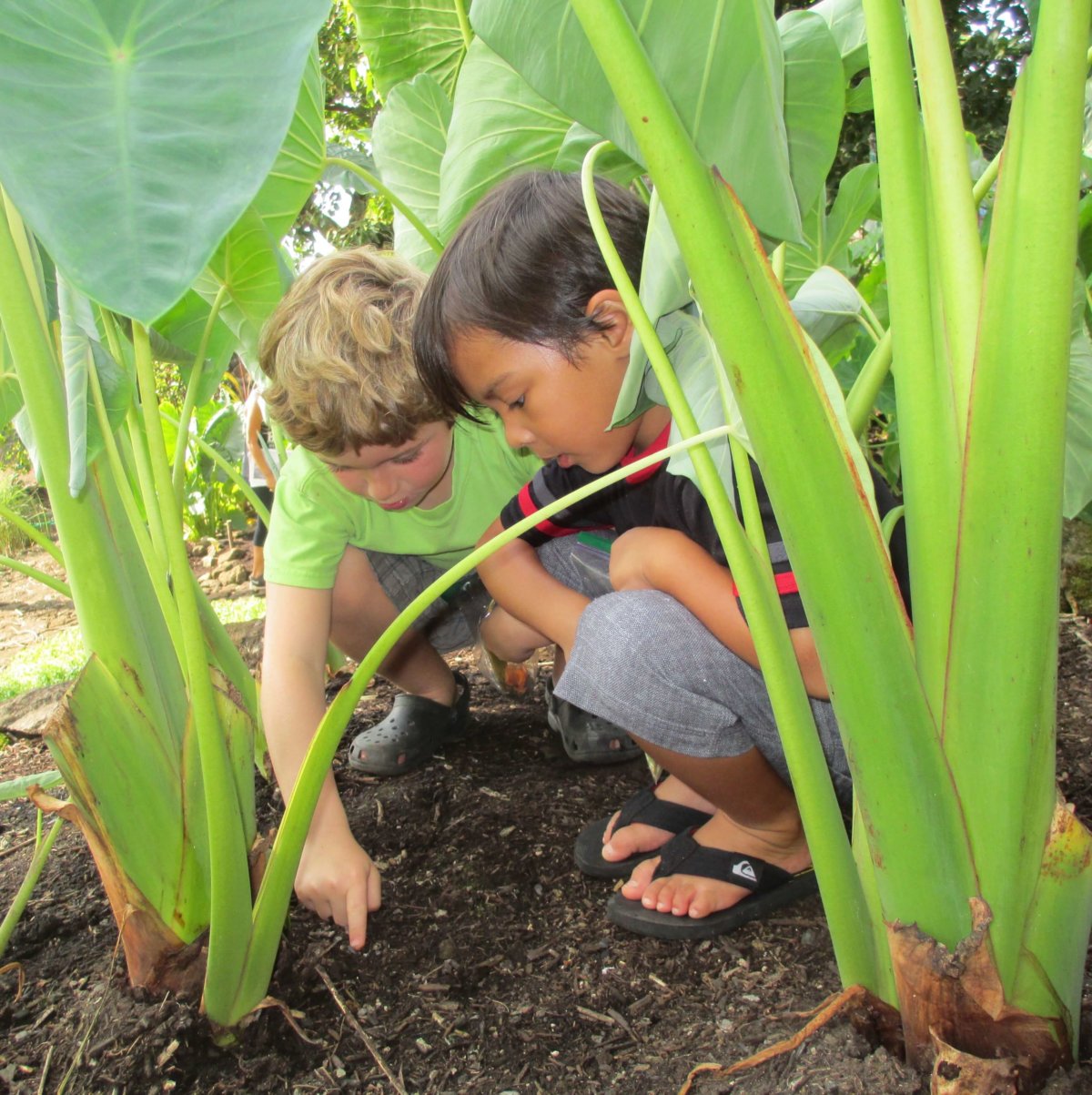
Connect - Learn - Share
We are committed to working with the community to nurture responsible stewardship practices and invite you to join our ʻohana as volunteers and partners.
BECOME A PARTNER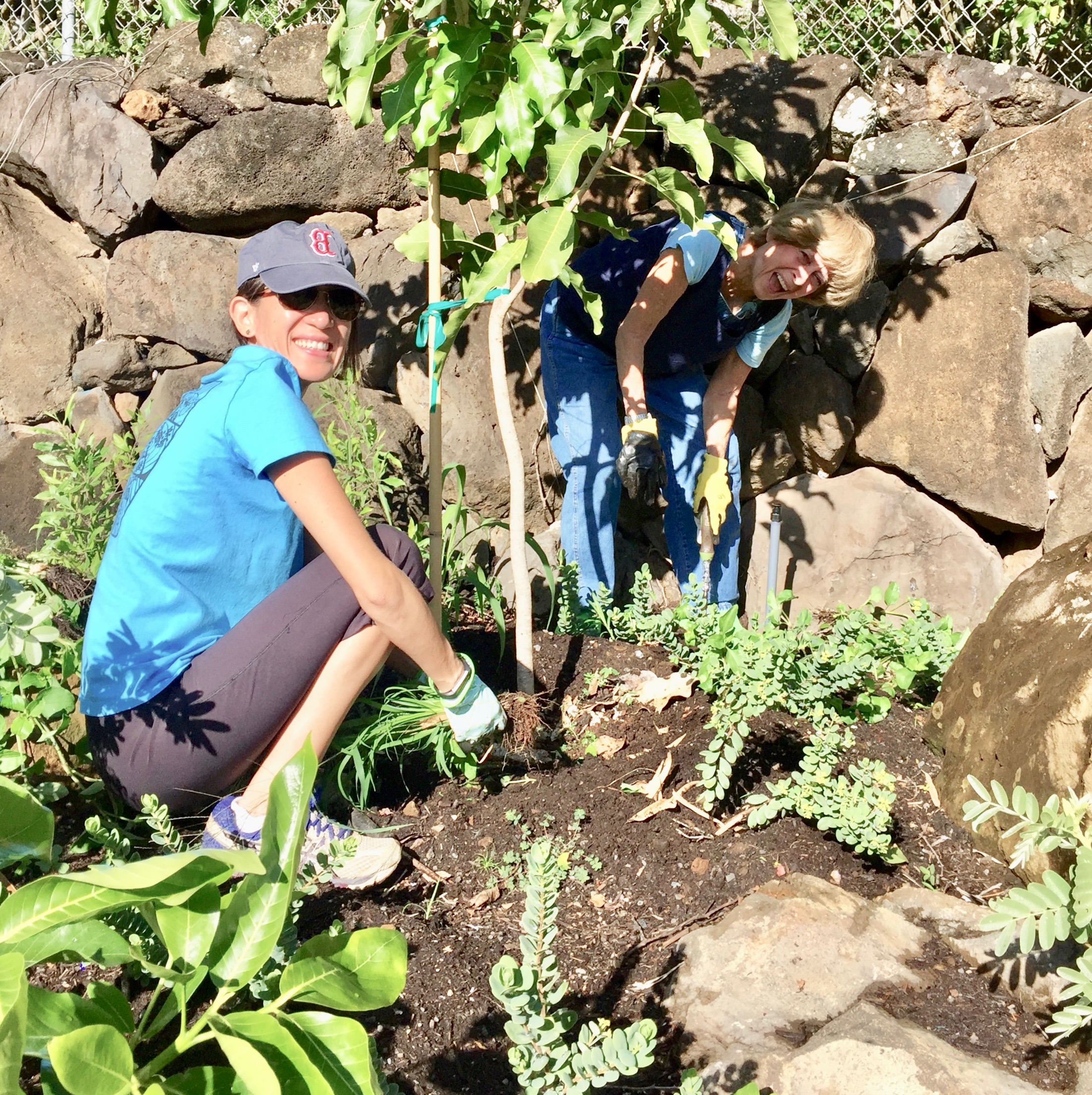
Paintings, Prints, and Drawings of Hawaii
A special book and Kama‘aina perspective from the Sam and Mary Cooke Collection. Experience 18th to 20th century Hawaiian history through art.
Purchase Book